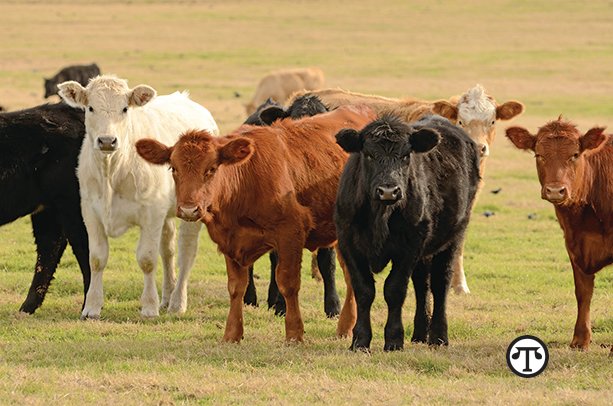Controlling Seasonal Diseases In Cattle

(NAPSI)—Here’s something cattle ranchers know: Each season brings with it different health challenges for their livestock, from respiratory diseases to eye and foot infections, to enteric and other systemic infections. But there are solutions.
What The Vet Says
Explains Eric Moore, DVM, “To successfully keep cattle healthy and productive includes frequent monitoring and early treatment. No matter what type of cattle or operation is involved, the fundamentals to keeping cattle healthy are the same: good herd management, frequent surveillance and early, aggressive treatment.”
Seasonal diseases can be more predictable and manageable for producers, notes Dr. Moore. “Generally, producers and veterinarians will see more cases of foot and eye problems in spring and summer and pneumonia in fall and spring, for example. But depending on conditions, some other systemic bacterial infections can happen almost any time of year, which further complicates overall herd health.”
Two hard-to-prevent diseases cow-calf producers might see in warm weather are foot rot and pink eye. Left untreated, each can lead to more serious, chronic health problems. Fortunately, with a watchful eye and early treatment, these infections can be easily and cost-effectively managed by producers using oxytetracycline.
Two other bacterial cattle diseases that can occur are pneumonia (shipping fever) and enteritis (scours), which can be more devastating in younger cattle. When identified and treated promptly, both can be quickly and effectively managed.
“Bacterial diseases in cattle need to be treated quickly and effectively with the best tools available and that are appropriate for the situation,” advises Dr. Moore.
For example, Noromycin® 300 LA from Norbrook® North America, is a fast-acting formulation of oxytetracycline that has been effectively used by ranchers for many years and is widely available through most farm and veterinary supply companies.
Learn More
For more information visit
www.norbrook.com. 0621-143-I07A

““Bacterial diseases in cattle need to be treated quickly and effectively with the best tools available and that are appropriate for the situation,” advises Eric Moore, DVM.https://bit.ly/3f35PKq“
